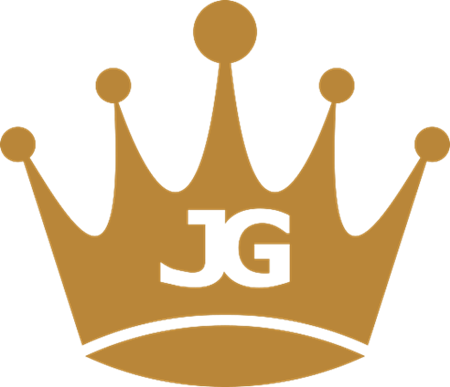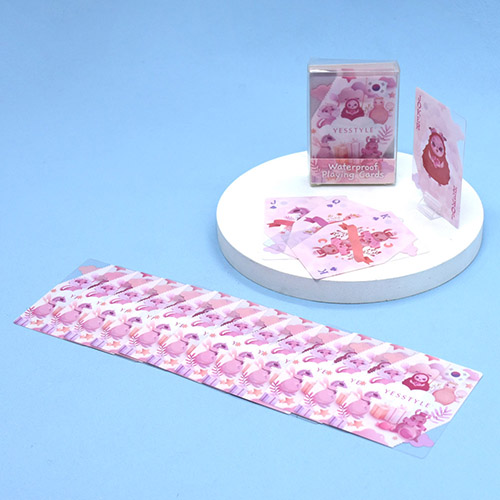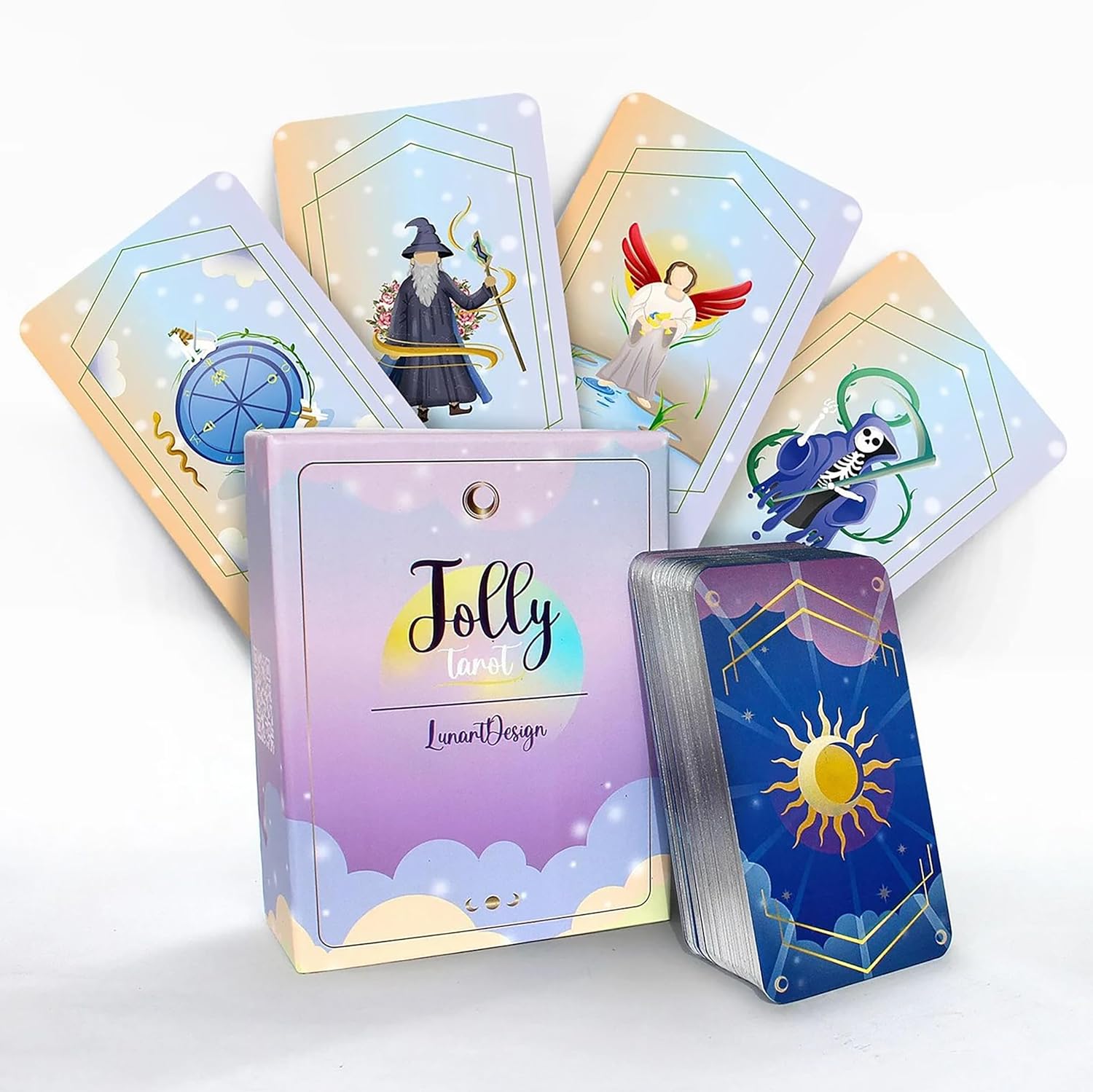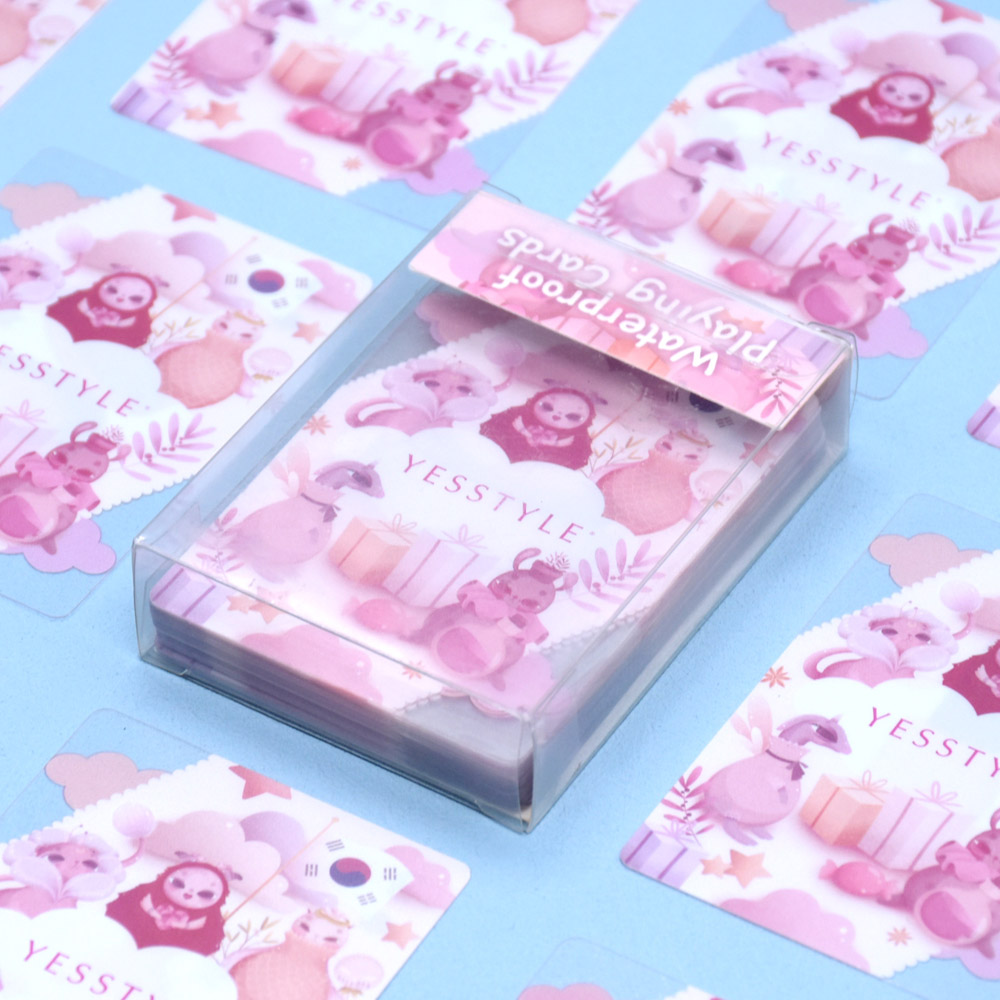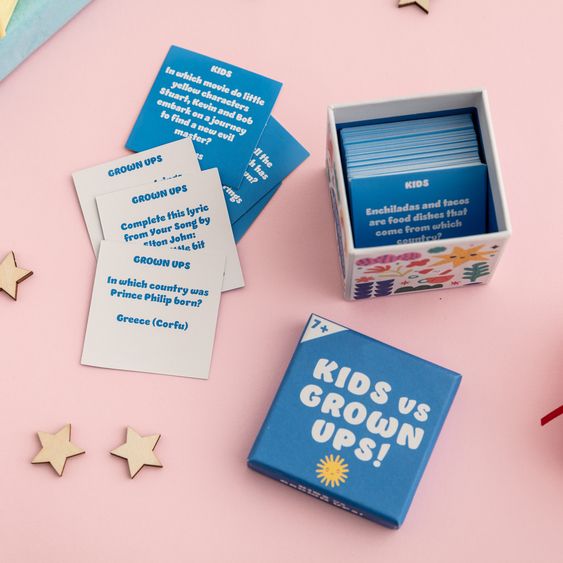In the dynamic realm of printing and personalized products, custom card decks have carved out a niche, captivating the interests of diverse audiences. Whether you're a gaming enthusiast, a business professional, or an event planner, custom card decks offer a plethora of possibilities. In this blog post, we'll embark on a detailed exploration of custom card decks, answering frequently asked questions and providing in - depth insights to help you navigate this fascinating world.
What is a Custom Card Deck?
A custom card deck is a bespoke set of cards meticulously crafted to meet specific requirements and preferences. Unlike generic card decks, custom card decks serve as a canvas for creativity, allowing individuals and businesses to infuse their unique visions into every card. These decks can be tailored for a wide range of purposes, from commemorating special occasions to promoting brands or enhancing gaming experiences.
The process of creating a custom card deck typically involves a comprehensive service that encompasses design, printing, production, and packaging. Designers collaborate closely with clients, translating their ideas into visually stunning concepts. High - quality printing techniques and materials are employed to ensure that the final product not only looks appealing but also feels durable. For instance, a game developer might commission a custom card deck for a new fantasy - themed tabletop game, featuring intricate illustrations of mythical creatures and elaborate game mechanics on each card.
How to Make a Custom Deck of Cards?
The journey of creating a custom deck of cards begins with a clear concept and design. Here's a step - by - step breakdown of the process:
Conceptualization and Design
- Define the Theme and Purpose: Start by determining the theme and purpose of your card deck. Are you creating a deck for a board game, a promotional campaign, or a personal memento? Understanding the purpose will guide your design decisions.
- Research and Inspiration: Conduct thorough research and gather inspiration from various sources, such as existing card decks, art galleries, or online platforms. Analyze the design elements, color schemes, and layouts that resonate with you.
- Sketch the Layout: Once you have a clear idea, start sketching the layout of each card. Consider the placement of text, images, and decorative elements to ensure a balanced and visually appealing design. You can use traditional sketching tools or digital design software like Adobe Photoshop or Illustrator.
Artwork Creation
- Digital or Hand - Drawn: Depending on your skills and preferences, you can choose to create the artwork digitally or by hand. Digital art allows for greater flexibility and precision, while hand - drawn art adds a unique, personal touch.
- Hire a Professional: If you lack the necessary design skills, consider hiring a professional artist or designer. They can bring your vision to life and ensure that the artwork is of high quality.
Material Selection
- Cardstock and Coating: Select the appropriate cardstock based on the intended use of the cards. Thicker cardstock is more durable and suitable for games, while thinner cardstock may be more appropriate for decorative or promotional purposes. Additionally, consider adding a coating, such as matte or glossy finish, to enhance the appearance and durability of the cards.
- Special Materials: For a more unique look, you can explore special materials like metallic cardstock, transparent plastic cards, or cards with embossed or foiled details.
Printing
- Self - Printing vs. Professional Printing: If you have a high - quality printer and the necessary skills, you can attempt self - printing. However, for larger quantities or more complex designs, it's advisable to use a professional printing service. Professional printers have access to advanced printing equipment and techniques, ensuring consistent quality and color accuracy.
- Printing Techniques: There are several printing techniques available, including offset printing, digital printing, and screen printing. Each technique has its own advantages and is suitable for different types of projects. Offset printing is ideal for large - scale production, while digital printing offers greater flexibility and faster turnaround times.
Cutting and Finishing
- Cutting to Size: Once the cards are printed, they need to be cut to the desired size and shape. This can be done using a paper cutter or a die - cutting machine.
- Finishing Touches: To add the final touches, consider adding special finishes such as rounding the corners, adding a spot UV coating, or embossing the cards. These finishes can enhance the overall appearance and feel of the cards.
Packaging
- Choose the Right Packaging: Select a packaging solution that not only protects the cards but also showcases them in an attractive manner. Options include cardboard boxes, plastic cases, or custom - printed envelopes.
- Customize the Packaging: To make your card deck truly unique, consider customizing the packaging with your logo, branding, or other relevant information.
What are the Advantages of Custom Card Decks Compared to Regular Cards?
Custom card decks offer several distinct advantages over regular cards:
Personalization and Uniqueness
- Reflect Your Style: Custom card decks allow you to express your individuality and creativity. You can choose the design, colors, and themes that resonate with you, creating a one - of - a - kind product that stands out from the crowd.
- Tailored to Your Needs: Whether you're creating a deck for a specific event, a niche game, or a branding campaign, custom card decks can be customized to meet your exact requirements. This ensures that the cards are not only visually appealing but also functional and relevant.
Functionality and Practicality
- Enhanced Gaming Experience: For gamers, custom card decks can add a new level of excitement and immersion to their games. Custom cards can feature unique artwork, game mechanics, or character profiles, making the game more engaging and challenging.
- Educational Tools: Custom card decks can also be used as educational tools. Teachers can create flashcards, study guides, or interactive learning materials to help students learn and retain information more effectively.
Artistic Value and Collectibility
- Showcase Your Artwork: If you're an artist or designer, custom card decks provide a platform to showcase your work. You can create limited - edition or signed card decks, which can become highly sought - after collectibles among art enthusiasts.
- Increase in Value: Over time, certain custom card decks can increase in value, especially if they are rare, limited - edition, or associated with a popular brand or event. This makes them not only a fun and creative project but also a potential investment.
Can I Customize the Size and Material of the Cards?
One of the greatest advantages of custom card decks is the ability to customize the size and material of the cards. Here's what you need to know:
Size Customization
- Standard Sizes: Most printing companies offer a range of standard card sizes, such as poker size (2.5" x 3.5"), bridge size (2.25" x 3.5"), and tarot size (3.5" x 5"). These sizes are commonly used for various types of card games and applications.
- Custom Sizes: If you have specific size requirements, many printing companies also offer the option to create custom - sized cards. This allows you to design cards that are tailored to your exact needs, whether it's for a unique game design or a specific promotional purpose.
Material Customization
- Paper Types: There are several types of paper available for custom card decks, each with its own characteristics and advantages. Glossy art paper offers vibrant colors and a high - shine finish, making it ideal for designs that require a lot of detail and visual impact. Matte art paper, on the other hand, has a more subdued, elegant look and is less prone to glare, making it suitable for designs that require a more sophisticated feel.
- Cardstock Weight: The weight of the cardstock refers to its thickness and durability. Heavier cardstock is more durable and suitable for games and applications that require frequent handling, while lighter cardstock may be more appropriate for decorative or promotional purposes.
- Finishing Options: To enhance the appearance and durability of the cards, you can choose from a variety of finishing options, such as lamination, foil stamping, embossing, or spot UV coating. These finishes can add a touch of elegance and sophistication to your cards, making them stand out from the crowd.
How Much Does it Usually Cost to Customize a Deck of Cards?
The cost of customizing a deck of cards can vary depending on several factors, including:
Quantity
- Economies of Scale: Generally, the more decks you order, the lower the unit price. This is because printing companies can take advantage of economies of scale, reducing the cost per unit as the quantity increases.
- Minimum Order Quantity: Most printing companies have a minimum order quantity (MOQ) for custom card decks. The MOQ can vary depending on the printing company and the type of cards you're ordering. It's important to check the MOQ before placing an order to ensure that it meets your needs.
Material and Process
- Paper Quality: The quality of the paper used for the cards can have a significant impact on the cost. Higher - quality paper, such as thick cardstock or specialty paper, will generally cost more than standard paper.
- Printing Process: The printing process used for the cards can also affect the cost. Offset printing, which is ideal for large - scale production, is generally more cost - effective than digital printing for larger quantities. However, digital printing offers greater flexibility and faster turnaround times, making it a popular choice for smaller orders or projects that require quick delivery.
- Finishing Options: As mentioned earlier, adding finishing options such as lamination, foil stamping, embossing, or spot UV coating can increase the cost of the cards. However, these finishes can also add a touch of elegance and sophistication to your cards, making them more valuable.
Design Complexity
- Custom Design: If you require a custom design for your card deck, the cost will typically be higher than if you use a pre - designed template. This is because custom design requires more time and effort from the designer, as they need to create a unique design from scratch.
- Revisions: If you need to make revisions to the design, this can also add to the cost. It's important to communicate your requirements clearly with the designer and provide as much detail as possible to minimize the need for revisions.
On average, the cost of customizing a deck of cards can range from \(10 - \)30 per deck for small orders to \(1 - \)5 per deck for larger orders. However, this is just a rough estimate, and the actual cost can vary depending on the factors mentioned above.
How Long Does it Usually Take to Customize a Deck of Cards?
The time it takes to customize a deck of cards can vary depending on several factors, including:
Design Complexity
- Simple Designs: If the design of your card deck is relatively simple, such as using a pre - designed template with minor modifications, it may take only a few days to complete the design process.
- Complex Designs: For more complex designs, such as custom illustrations or intricate graphics, it may take several weeks or even months to complete the design process. This is because custom design requires more time and effort from the designer, as they need to create a unique design from scratch.
Quantity
- Small Orders: If you're ordering a small quantity of card decks, such as 1 - 10 decks, it may take only a few days to produce the cards. This is because printing companies can usually produce small orders quickly and efficiently.
- Large Orders: For larger orders, such as 100 or more decks, it may take several weeks or even months to produce the cards. This is because printing companies need to allocate more time and resources to produce larger quantities of cards.
Production Process
- Standard Printing: If you're using a standard printing process, such as offset printing or digital printing, it may take only a few days to produce the cards. However, if you're using a more complex printing process, such as screen printing or letterpress printing, it may take several weeks or even months to produce the cards.
- Finishing Options: Adding finishing options such as lamination, foil stamping, embossing, or spot UV coating can also add to the production time. This is because these finishes require additional time and resources to apply.
On average, the time it takes to customize a deck of cards can range from 1 - 2 weeks for small orders with simple designs to 4 - 8 weeks for larger orders with complex designs. However, this is just a rough estimate, and the actual time can vary depending on the factors mentioned above.
What is the Minimum Order Quantity for Custom Card Decks?
The minimum order quantity (MOQ) for custom card decks can vary depending on the printing company and the type of cards you're ordering. Here are some examples of MOQs from different printing companies:
- Guangzhou Jinguan Printing: For general custom - printed playing cards, the MOQ is 30 pieces, with a price range of \(0.23 - \)1.23 per piece. However, for special - material cards like gold - plated or transparent cards, the MOQ may be higher, such as 3000 decks for gold - silver cards and 5000 decks for transparent cards.
- Other Printing Companies: Some printing companies may have a higher MOQ, such as 100 or 500 decks, while others may offer lower MOQs, such as 10 or 20 decks. It's important to check the MOQ before placing an order to ensure that it meets your needs.
If you're only looking to produce a small quantity of custom card decks, it's a good idea to look for printing companies that offer low MOQs or digital printing services. Digital printing allows for smaller quantities to be printed at a lower cost, making it a more affordable option for small - scale projects.
Conclusion
In conclusion, custom card decks offer a world of possibilities for personalization, creativity, and functionality. Whether you're a business looking to make a lasting impression, a game developer seeking to bring a unique game to life, or an individual with a special project in mind, custom card decks can be tailored to meet your exact needs.
By understanding the process of creating a custom card deck, the advantages they offer, and the factors that can affect the cost and production time, you can make an informed decision and create a custom card deck that exceeds your expectations. So, why wait? Start exploring the world of custom card decks today and unleash your creativity!
